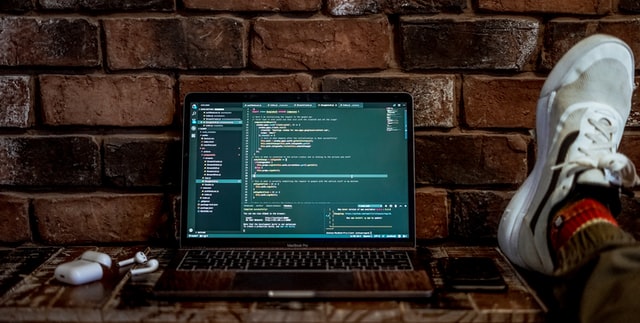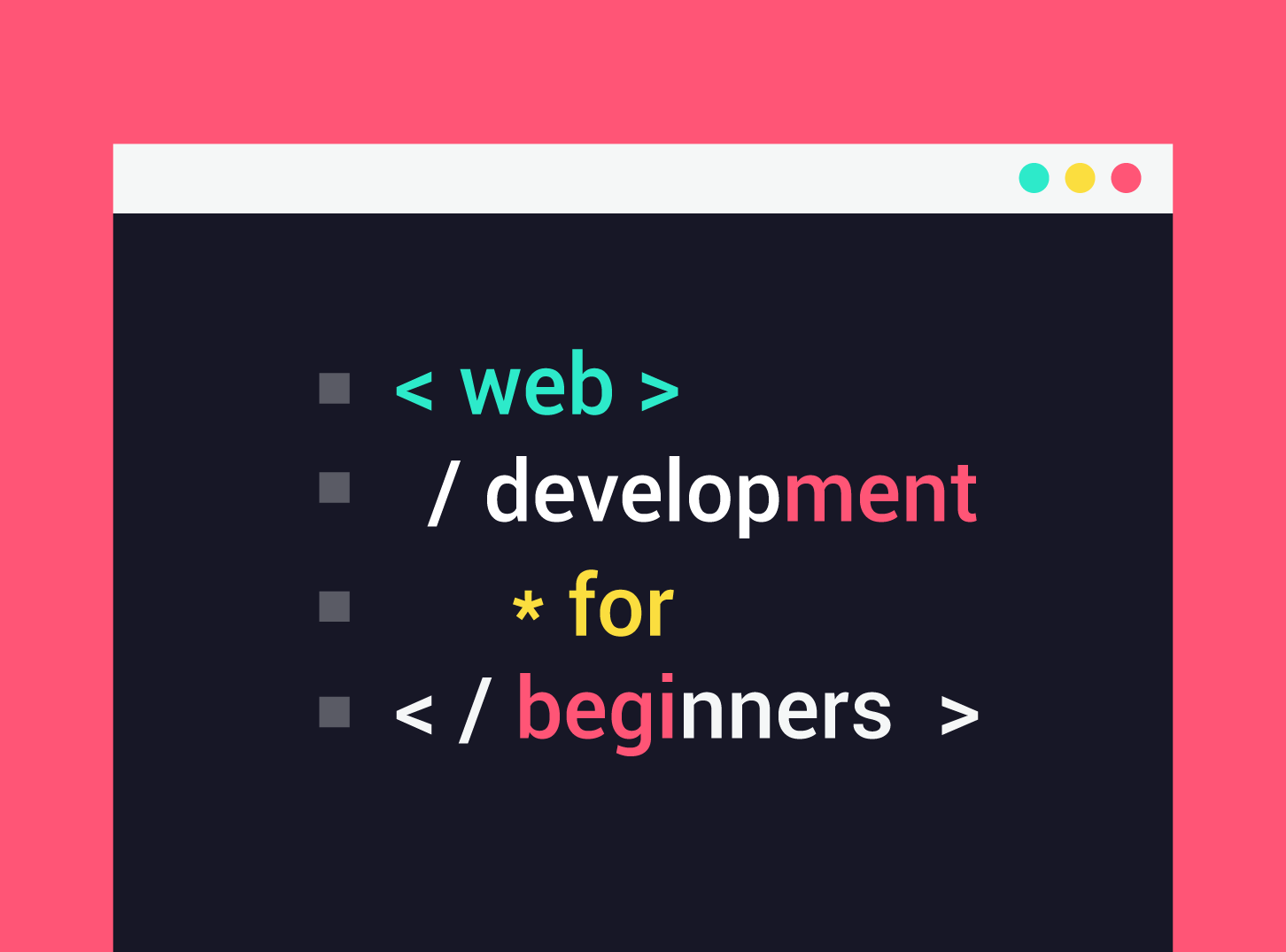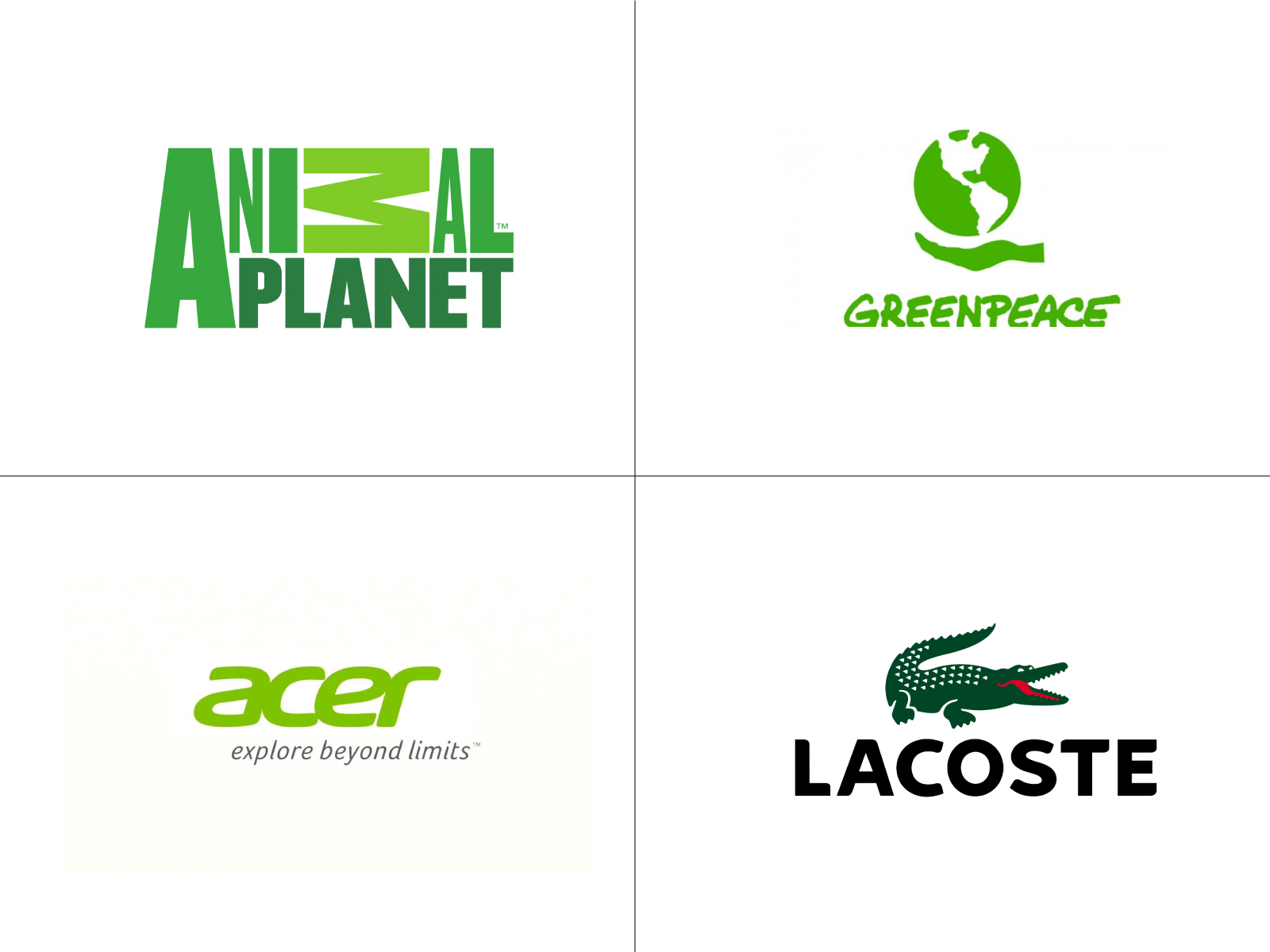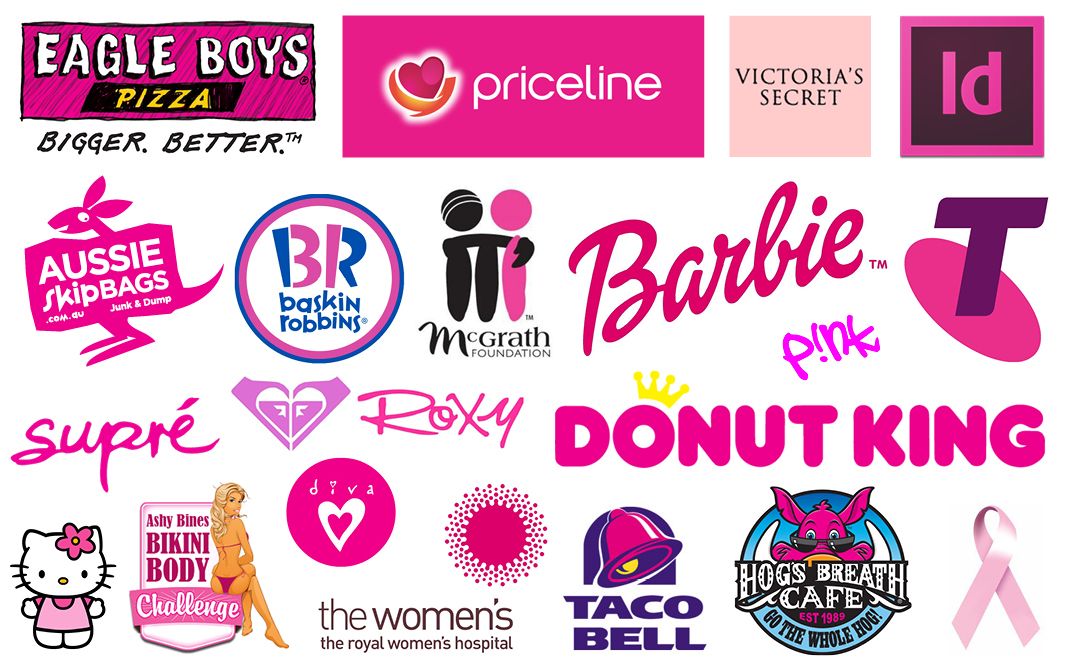Web development is an area that has been developing rapidly in the last 20 or more years. Thousands and thousands of young developers embark on an adventure of a lifetime called web development.
Web development, in its essence, refers to the work required to create a website. Creating a website can be a single plain text webpage or complex applications, software, social networks, mobile applications, and much more.
Most people equate web development with web markup and coding, the truth is, that web development consists of different tasks. Some of the things a web developer does are client-side scripting, server-side scripting, e-commerce development, CMS development, and more.
Inkyy Web Design & Development Studio and our blog team decided to write more about the basics of web development today, to help you if you are thinking, enter the turbulent waters of web development.
So let’s start.
Required Web Development Skills
Let’s point the obvious right away.
Anyone can become a web developer.
You do not need a master’s degree in computer science to gain all the necessary skills for a developer. There are a couple of things you need to learn before you start looking for a job in this industry:
- Basics of websites and the Internet itself
- Basics of JavaScript, HTML, and CSS
- Frameworks and Libraries – Basics (Bootstrap, React.js, etc.)
- Programming languages – Basics (Java, Python, or some other)
- Git I GitHub
Don’t be discouraged by these basics you need to learn!
They all naturally connect. You must go slowly. Patiently and thoroughly learn all of the above. Do not skip steps. Make a strong and good foundation.
Through this article, the Inkyy team will try to make it, at least, a little easier and explain the basics of web development.
Web Development Basics
Once you have read all of the above and understood what is essentially needed to learn, and what is web development, let’s go through the basic terms. Let’s learn the meanings of these terms, to get better acquainted with the topic itself.
1. Website
The website represents the files stored on the server. Servers are computers that store (host) files for a website.
All these servers are connected. Through a huge network called the Internet (WWW – World Wide Web), servers are connected into one huge whole.
Computer programs that display websites to a user are called Browsers. Prominent examples of these programs are Google Chrome, Mozzila, Internet Explorer.
2. IP Address & HTTP
The Internet Protocol is a set of standards that controls interactions on the Internet. What does it mean?
So to access a particular site, you need to know its IP address. This IP address is unique and consists of numbers. Each device has its own unique IP address.
Yes, you can access any website via an IP address. But the common way is to enter via domain name or through a classic search via search engines.
HTTP, ie the HyperText Transfer Protocol, connects you and your website request to a remote server that stores all the data on that website.
HTTP is a set of rules, ie protocols, that define how requests should be sent over the Internet. It allows us to go from one page to another of that website.
HTTP also provides a common framework through which the client and server speak the same language. We can say that HTTP is a kind of translator between us and the Internet.
3. Coding
Coding is the name used for writing code for servers and applications. For coding, programming languages are used. There is a variety of programming languages.

Within these languages, the web developer issues command that only programs can execute and read.
All programs, websites, applications, software, for all devices, are written in, at least, one language. There are different programming languages, but we can classify them all into two categories, namely front-end and back-end.
4. Front-end & Back-end
The front-end, ie the client’s side is that part of the website or application that we see and through which we interact with that software.
This kind of code, created by the developer, allows you and me to use these websites and applications.
For example, to play a video, enlarge or reduce images, and much more.
Front-end developers work on the client-side of development.
The back-end, that is, the server-side, is that part of the website or application that we do not see when we use the Internet.
That part of the website or application is the core through which the website itself functions.
Languages that are used for the back-end are diverse. There are many more languages used for the back-end than for the front-end.
The reason for this is that browsers understand, for the front-end, only JavaScript, while the back-end side can understand any programming language.
Types of Web Development
If you want to become a web developer, it is very important to know which different branches of web development exist.

Almost always, these parts of web development overlap, while often the developer himself masters several of them and uses them on regular basis.
In this part of our article, we will write about which types of web development exist.
- Front-end development,
- Back-end development,
- Full-stack development,
- Website development,
- Desktop development,
- Mobile development,
- Game development,
- Embedded development,
- Security development
Full-stack Development
Since we have already mentioned above, and briefly explained, what front and back-end development are, here we will write in a little more detail what Full Stack Development means.
You have probably already deduced that a full stack developer is a person who works both front-end and back-end of the website. What does it mean?
Well simply put, a full-stack developer can build a website, application, or software from start to finish.
To become a full-stack developer you must have many years of experience in this industry. The vast majority of developers opt for one part, front-end or back-end. The developer perfects himself in that part, and then he gradually improves.
Let’s take, for example, that you are a top front-end developer. It’s the right time to dive into and start learning the back-end side of development.
When you perfect both sides, you become a full-stack developer.
Full Stack Developer is an all-around player. Something like LeBron James in the NBA.
Inkyy Web Design & Development Studio Team
Mobile & Game Development
Mobile development represents those developers who are strictly focused on creating applications for mobile devices and tablets.
Such applications function totally differently from classic desktop software and websites.
Therefore require a different skillset and greater specialization in development.
Game development is the development of video games for PC, Xbox, PlayStation, mobile phones, and more.
The game developers themselves specialize in coding for this type of development.
Games are often made for mobile phones, so it can be said that these two types of development overlap.
Embedded Development
For the last one from our list, we wanted to write you a few sentences about Embedded Development.
This type of development is working with hardware that is not a computer (what we consider a “computer”, keyboard, and screen).
These include an electronic interface, consumer devices, IoT devices, real-time systems, and more.

Why do we mention this type of web development to you?
In the last few years, the interconnection of devices has jumped sharply. Smart devices, Bluetooth technologies, AI, virtual reality, virtual assistants. In all these things embedded development is crucial. And therefore the demand for embedded developers is growing.
We hope that we have brought you, at least, a little closer to web development. Also, we hope that we helped you understand what web development is. What are the basic things that need to be mastered before you enter this world? What are all the different parts of web development?
In the coming days and weeks, we will write more about the process of website development, more details about front-end and back-end development, and you will be able to read much more on the Inkyy blog.
Until next reading.





1 comment